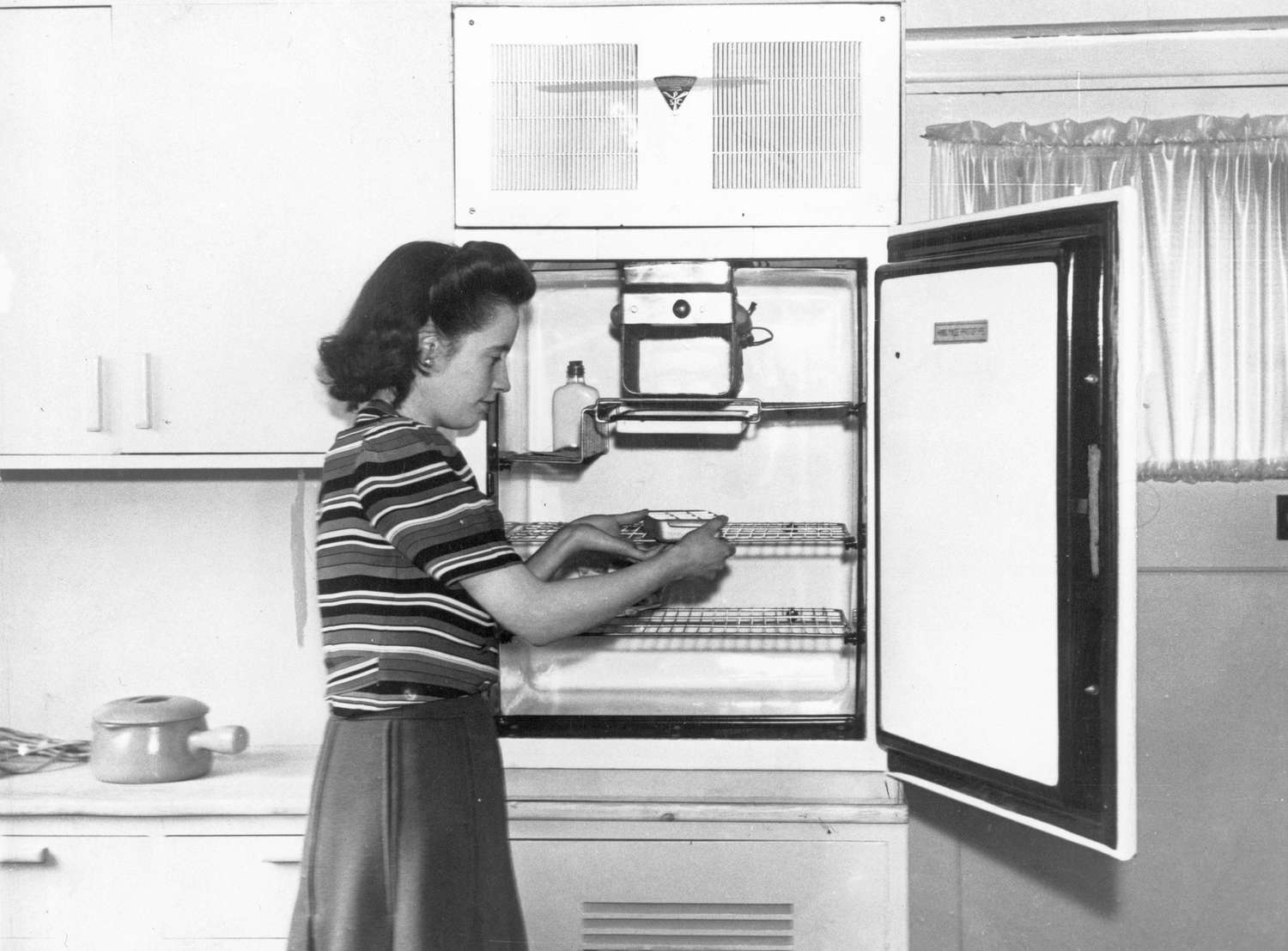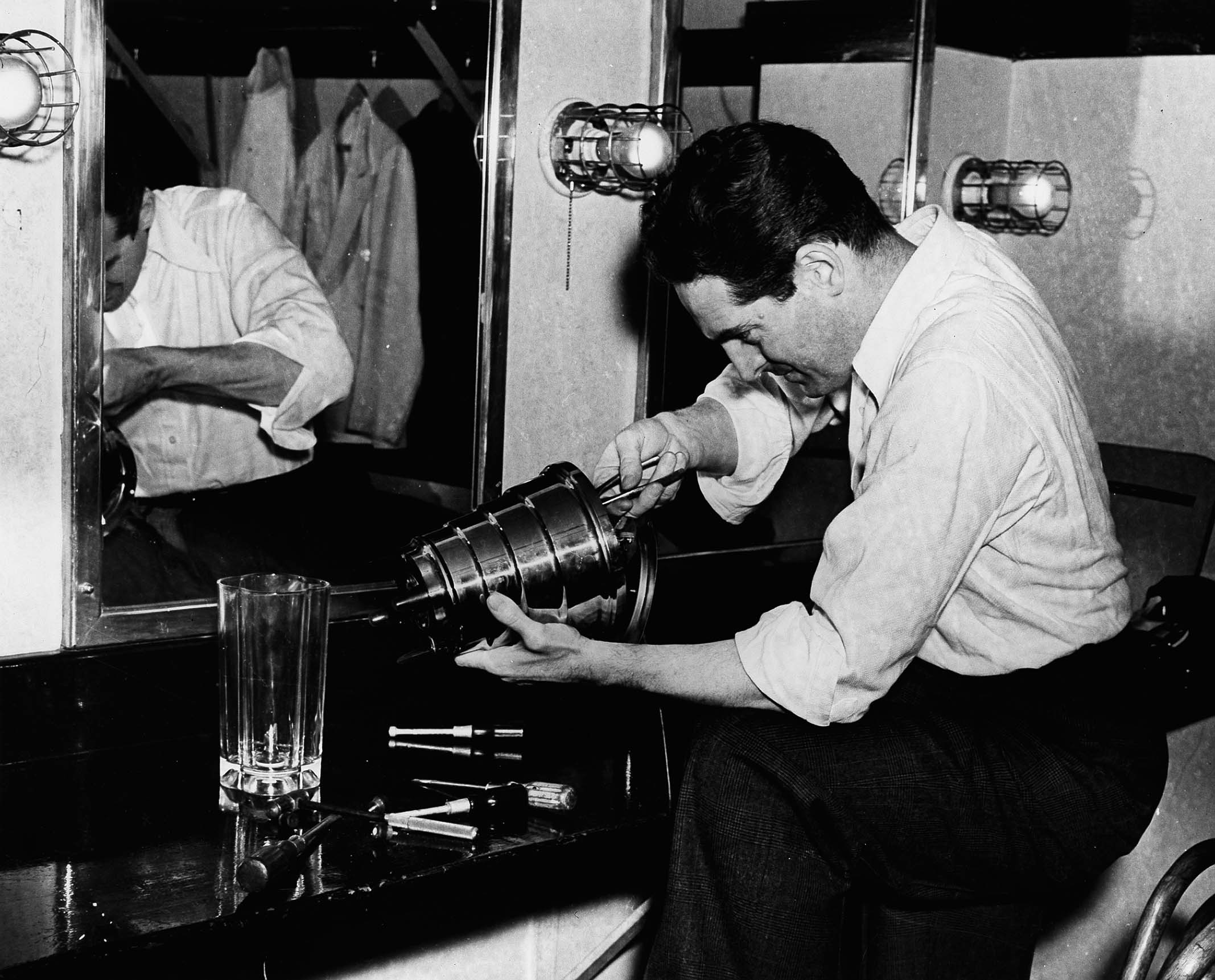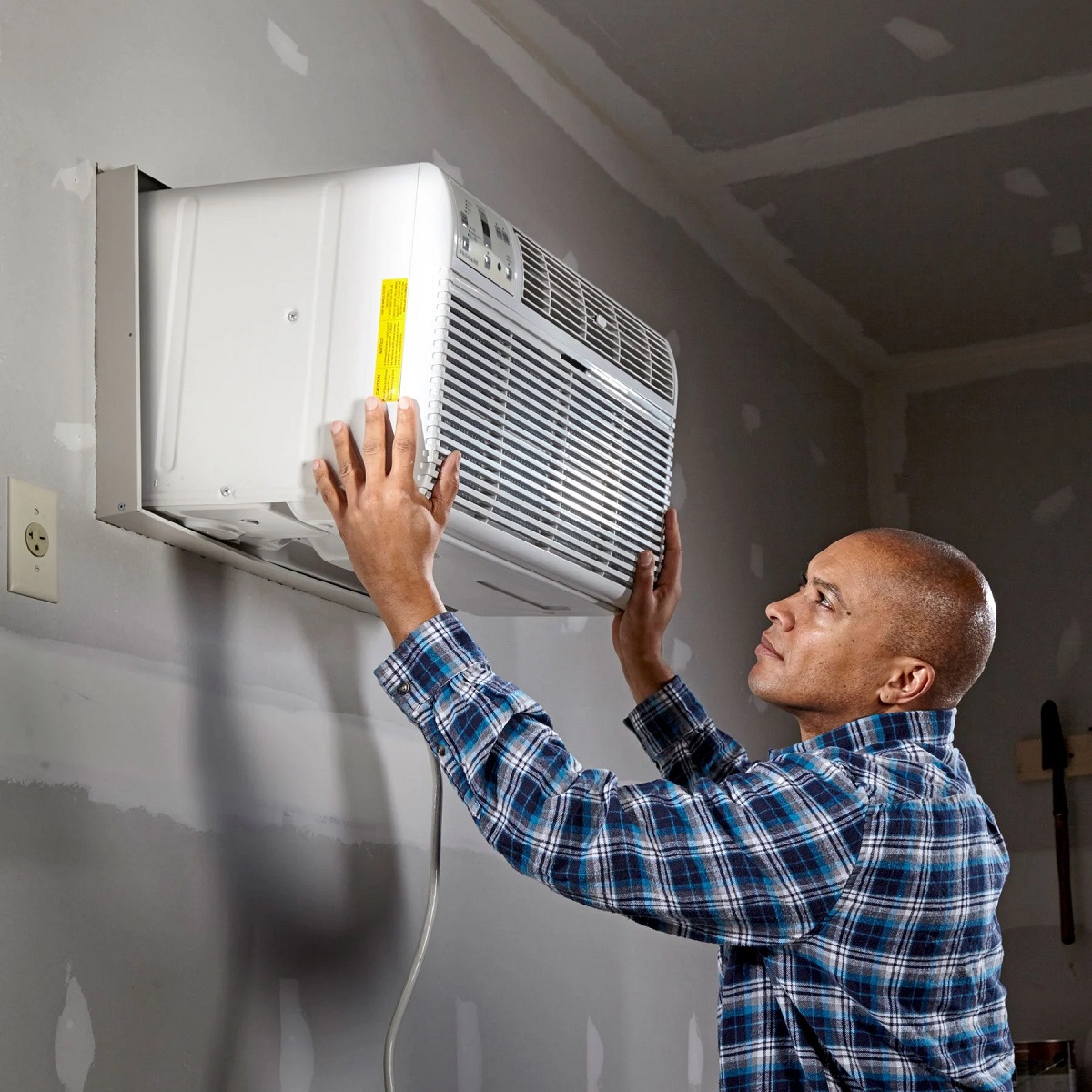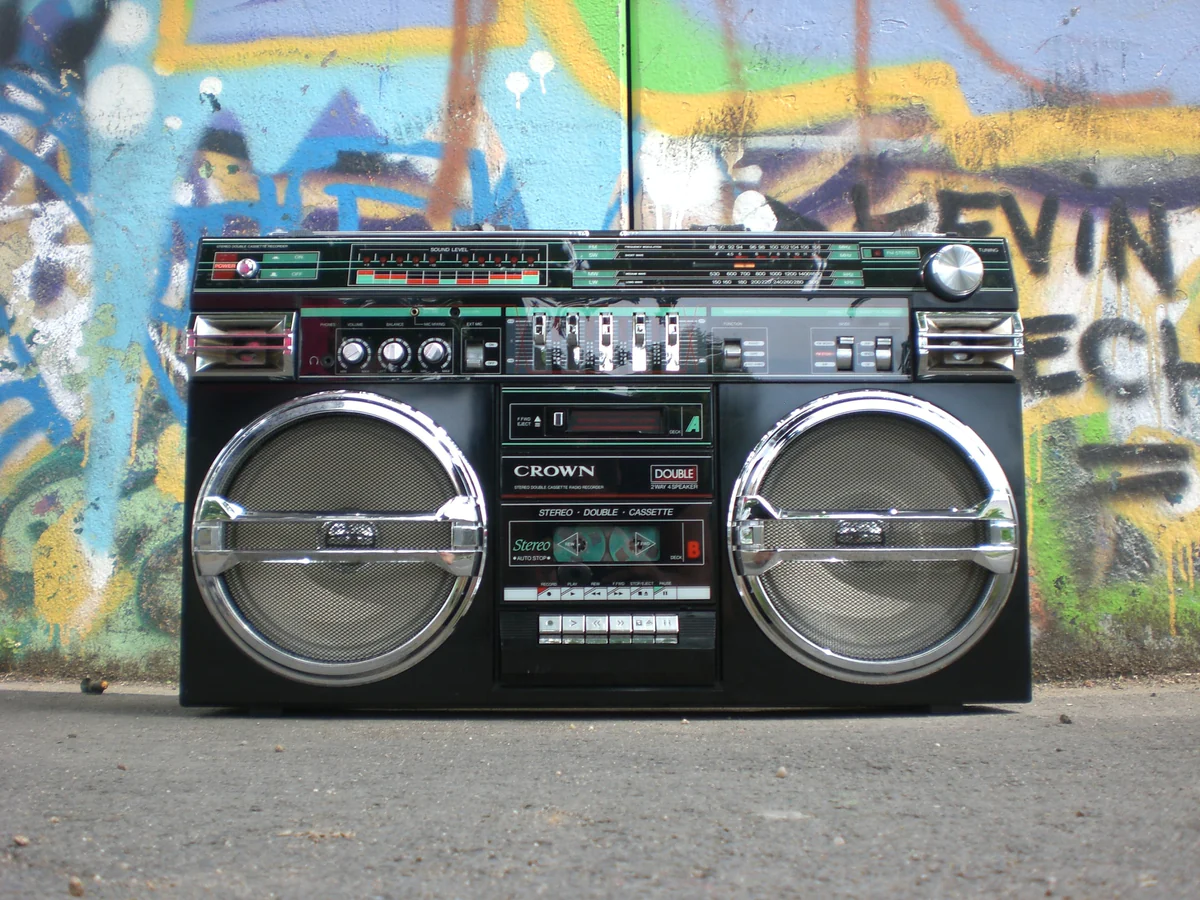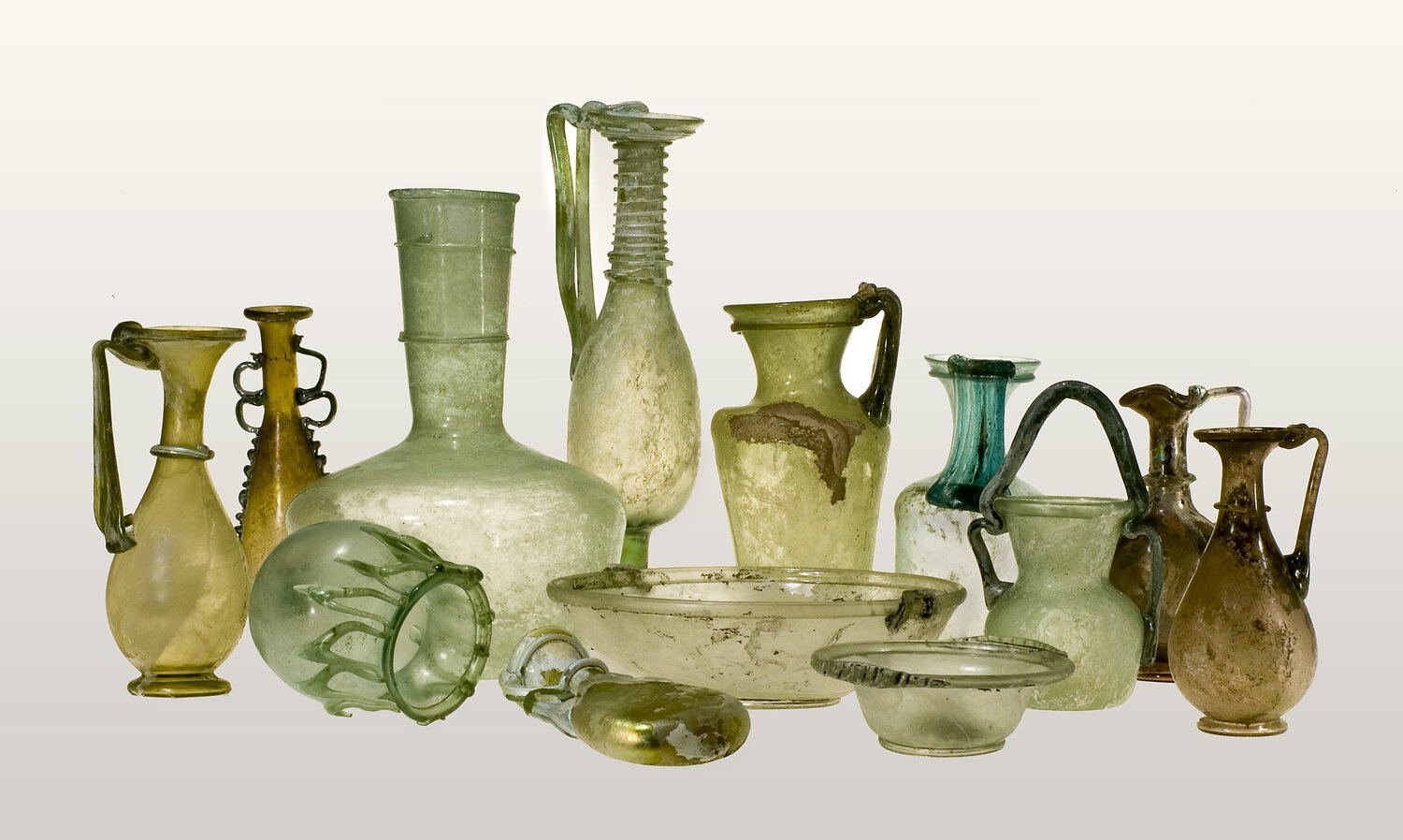Home>Home Security and Surveillance>When Was Security Camera Invented


Home Security and Surveillance
When Was Security Camera Invented
Modified: October 20, 2024
Discover the history of home security and surveillance as we explore when the security camera was invented. Learn how this technology has advanced to protect your property and loved ones.
(Many of the links in this article redirect to a specific reviewed product. Your purchase of these products through affiliate links helps to generate commission for Storables.com, at no extra cost. Learn more)
Introduction
Home security and surveillance have become essential aspects of our daily lives, providing peace of mind and protection for our loved ones and belongings. The advent of modern technology has revolutionized the way we approach home security, with one key innovation being the invention of security cameras. These devices have provided an effective deterrent against intruders and assisted in capturing vital evidence in case of any unlawful activities. In this article, we will delve into the fascinating history of security cameras, exploring their early developments and how they have evolved over time to become an indispensable tool in our homes today.
In the early days of surveillance, the concept of monitoring and recording activities was fairly rudimentary. The use of human guards and watchmen was the primary method of ensuring security. However, this method proved to have limitations, as it was prone to human error and the inability to be present at all times. The need for a more efficient and reliable form of surveillance led to the emergence of technology-powered security solutions.
The birth of closed-circuit television (CCTV) in the late 1940s marked a significant milestone in the evolution of security cameras. Initially developed for military purposes, CCTV systems gained recognition for their ability to capture and transmit live video footage within a closed network. This breakthrough allowed for remote monitoring and improved surveillance in various settings, including public spaces, businesses, and eventually, homes.
Over the years, advancements in video surveillance technology have continually enhanced the capabilities and effectiveness of security cameras. The introduction of analog cameras in the 1970s brought about improved image quality and increased video storage capacity. These cameras used VCRs (video cassette recorders) to store footage, offering a more convenient and reliable method of archiving recordings.
However, it was the digital revolution in the late 1990s that truly revolutionized the world of security cameras. The development of digital video recorders (DVRs) and digital cameras allowed for higher resolution images, increased storage capacity, and the ability to remotely access footage. This breakthrough opened up a world of possibilities, making security cameras more accessible and user-friendly for homeowners. The shift towards digital technology also paved the way for advancements such as motion detection, night vision, and two-way audio, further enhancing the functionality of security cameras.
Key Takeaways:
- Security cameras have evolved from rudimentary surveillance methods to digital tools with advanced features, improving image quality and storage capacity for better home security.
- The birth of closed-circuit television (CCTV) in the late 1940s revolutionized security cameras, leading to remote monitoring and digital advancements that enhance safety and peace of mind.
Read more: When Were Night Vision Cameras Invented
Early Developments in Surveillance Technology
The roots of surveillance technology can be traced back centuries, with early attempts to monitor and protect property dating as far back as ancient civilizations. However, it was in the 19th century that significant advancements in surveillance technology began to emerge.
One of the earliest developments in surveillance technology was the creation of the first mechanical surveillance camera. In 1830, a French inventor named Alophe Théophile Louis was granted a patent for his invention called the “Improved Central Observatory.” This camera utilized a clockwork mechanism to capture and record images, making it one of the earliest precursors to modern surveillance cameras.
Another notable advancement came in 1865 when a British scientist named Auguste Plateau developed the concept of “Stereophotography.” This technique involved capturing multiple images from slightly different angles and viewing them together to create a 3D effect. While not directly related to surveillance, this innovation laid the foundation for future developments in capturing and analyzing visual information.
In the early 20th century, surveillance technology took a significant leap forward with the invention of the first practical closed-circuit television (CCTV) system. In 1927, a German engineer named Walter Bruch developed a system that used cathode ray tubes (CRT) to transmit images from a camera to a monitor. This system was primarily used for military and industrial applications, marking the first step towards real-time monitoring and recording of video footage.
Furthermore, the 1930s saw the introduction of the first commercial surveillance cameras. The company RCA (Radio Corporation of America) launched the “Iconoscope” camera, which utilized an electronic sensor known as the Image Orthicon to capture and transmit video images. This breakthrough in electronic imaging paved the way for the development of future surveillance camera technologies.
As technology continued to advance, surveillance cameras became more widely adopted in various industries. In the 1940s, during World War II, surveillance cameras played a crucial role in monitoring military installations and gathering intelligence. These early cameras relied on analog systems and required physical film to capture and store images, making the process less efficient compared to modern digital systems.
While these early developments laid the groundwork for surveillance technology, it wasn’t until the late 1960s and early 1970s that the concept of closed-circuit television (CCTV) and video surveillance started to gain traction for public and private security purposes. The integration of video tape recorders (VTRs) with CCTV systems allowed for more extended recording times and easier retrieval of footage.
With these early developments and the introduction of CCTV systems, the stage was set for further advancements in surveillance technology. The subsequent decades would see significant breakthroughs that would revolutionize security cameras and make them an integral part of modern home security systems.
The Birth of Closed-Circuit Television (CCTV)
The invention of closed-circuit television (CCTV) in the late 1940s marked a significant turning point in the evolution of security cameras. Originally developed for military purposes, CCTV systems quickly made their way into public spaces, businesses, and eventually, residential settings.
The concept of CCTV was born out of the need for a more effective and scalable surveillance solution. Traditional surveillance methods, such as human guards and patrols, were limited in their coverage and often relied heavily on human presence and attentiveness. The visionaries behind CCTV sought to introduce a system that would provide constant monitoring without the constraints of physical presence.
The first modern CCTV system was developed by a German engineer named Walter Bruch in the late 1940s. Bruch designed a system that utilized coaxial cables to connect multiple cameras to a central monitoring station. This closed-circuit configuration allowed for real-time monitoring and recording of video footage within a specific network, hence the term “closed-circuit television.”
Initially, CCTV systems were primarily used for military and government purposes. These early systems were large and cumbersome, consisting of bulky cameras and recording equipment. However, they represented a significant leap forward in surveillance technology, providing a constant and reliable monitoring solution.
As the benefits of CCTV became evident, its applications expanded beyond the military domain. In the 1950s and 1960s, CCTV systems started to appear in public spaces, such as train stations, banks, and retail stores, where they were used for monitoring and crime prevention. These early systems contributed to deterring criminal activities and capturing vital evidence, aiding law enforcement in their investigations.
The introduction of CCTV systems had a profound impact on public safety. Their presence served as a deterrent to potential criminals, significantly reducing thefts, vandalism, and other illegal activities in the monitored areas. Furthermore, CCTV provided a valuable tool for authorities to identify and apprehend perpetrators, enhancing the overall security of public spaces.
With technological advancements, CCTV systems evolved from analog to digital formats. The shift to digital technology in the late 1990s brought about several benefits, including higher image quality, increased storage capacity, and improved ease of use. Digital video recorders (DVRs) replaced analog tape-based systems, offering more efficient and flexible recording options.
Today, CCTV systems have become an integral part of home security, allowing homeowners to monitor their properties remotely and receive instant alerts in case of any suspicious activities. With the advent of IP (Internet Protocol) cameras and network-based systems, the capabilities of CCTV have expanded even further, enabling seamless integration with modern smart home technologies.
In summary, the birth of closed-circuit television (CCTV) in the late 1940s revolutionized the field of security cameras. What started as a military innovation quickly found its way into public spaces, businesses, and eventually, residential settings. The introduction of CCTV brought about effective deterrence, enhanced public safety, and laid the foundation for the evolution of modern surveillance technology.
Advancements in Video Surveillance
Video surveillance technology has undergone remarkable advancements over the years, transforming the way we monitor and secure our homes and businesses. These advancements have improved image quality, storage capacity, and overall functionality, allowing for more efficient and effective surveillance.
One of the significant advancements in video surveillance was the shift from analog to digital systems. Analog cameras captured and transmitted video signals in analog format, which had limitations in terms of image quality and storage capacity. The introduction of digital cameras revolutionized the industry by offering higher resolution images and the ability to store footage in digital format.
Digital video recorders (DVRs) replaced analog tape-based systems, allowing for easier and more efficient storage and retrieval of video recordings. DVRs offered larger storage capacities, longer recording times, and the option to search and review specific events with ease. Additionally, the ability to digitally compress and transmit video footage made remote access and real-time monitoring possible.
Another major advancement in video surveillance is the development of IP (Internet Protocol) cameras. IP cameras utilize network connections to transmit video data, allowing for seamless integration with computer networks and the internet. These cameras offer higher resolution, enhanced image quality, and advanced features like motion detection and remote accessibility.
The introduction of video analytics technology has further enhanced the capabilities of video surveillance systems. Video analytics software can analyze video footage in real-time, automatically detecting and alerting users to specific events or objects of interest. This technology enables intelligent video surveillance, making it possible to monitor crowded areas, track movements, and identify suspicious activities more efficiently.
Advancements in video compression algorithms, such as H.264 and H.265, have significantly improved the efficiency of video storage and transmission. These codecs ensure that video files are compressed without compromising image quality, reducing bandwidth requirements and storage space. As a result, longer retention periods and higher resolution recordings can be achieved with minimal impact on system resources.
The integration of video surveillance with other smart technologies has also contributed to advancements in the field. Many video surveillance systems can now be seamlessly integrated with access control systems, alarms, and smart home devices. This integration allows for a comprehensive security ecosystem, where different components work together to provide enhanced safety and peace of mind.
Advancements in video surveillance have also led to the development of specialized cameras for specific applications. Thermal imaging cameras, for example, can detect heat signatures and are commonly used in areas where traditional cameras may be ineffective, such as in low-light or heavily obscured environments. Pan-tilt-zoom (PTZ) cameras offer increased flexibility and control, allowing users to remotely adjust the camera’s position, zoom in on specific areas, and track moving objects. These advancements have expanded the range of options available for different surveillance needs.
In summary, advancements in video surveillance technology have revolutionized the industry. The shift from analog to digital systems, the development of IP cameras, the use of video analytics, and the integration with other smart technologies have greatly improved the quality, efficiency, and functionality of video surveillance systems. These advancements continue to drive innovation in the field, making video surveillance an indispensable tool in ensuring security and protecting our homes and businesses.
The first security camera was invented in Germany in 1942 by Walter Bruch. It was called the “Peep-Hole” and was used for monitoring rocket launches.
Impact of Digital Technology on Security Cameras
The advent of digital technology has had a profound impact on the field of security cameras, transforming them from analog devices to powerful digital tools. The integration of digital technology has brought significant improvements in image quality, storage capacity, accessibility, and overall functionality. Let’s explore the key impacts of digital technology on security cameras.
One of the most notable impacts is the improvement in image quality. Digital cameras capture and process images using pixels, resulting in higher resolution and sharper details compared to analog cameras. This increase in image quality allows for better identification and recognition of individuals, objects, and events in recorded footage. It has also paved the way for advanced features such as facial recognition and license plate recognition, enabling more accurate and efficient surveillance.
Additionally, digital technology has revolutionized the storage capacity of security cameras. The shift from analog tapes to digital video recorders (DVRs) and network video recorders (NVRs) has allowed for longer retention periods and increased storage flexibility. Digital systems can store vast amounts of video footage on hard drives or network-attached storage devices, eliminating the limitations associated with physical tapes and enabling easy access to historical data.
One of the significant advantages of digital technology is the ability to remotely access and control security cameras. With an internet connection, users can monitor live feeds, review recorded footage, and adjust camera settings from anywhere in the world. This remote accessibility has greatly enhanced the convenience and flexibility of surveillance, allowing homeowners and businesses to stay connected to their security systems at all times.
The introduction of digital technology has also opened doors for advanced features and functionalities. Motion detection, for example, enables cameras to automatically detect movement and trigger recordings or alerts. The integration of infrared (IR) sensors enables night vision capabilities, allowing cameras to capture clear footage even in low-light or completely dark environments. Two-way audio communication allows for real-time interactions with individuals near the camera, providing an additional layer of security and convenience.
Moreover, digital technology has made video analytics more accessible and efficient. Video analytics software can analyze video footage in real-time, automatically detecting and alerting users to specific events or anomalies. This includes object detection, people counting, perimeter intrusion detection, and more. These intelligent features enhance the effectiveness and efficiency of surveillance, allowing for proactive responses and a reduced reliance on manual monitoring.
Furthermore, digital technology has facilitated seamless integration with other security systems and smart devices. Security cameras can now work in tandem with access control systems, alarms, and smart home devices to create a comprehensive security ecosystem. This integration allows for synchronized actions, such as automatically triggering recordings or adjusting camera positions based on specified events, enhancing overall security and convenience.
In summary, the impact of digital technology on security cameras has been significant. From improved image quality and increased storage capacity to remote accessibility, advanced features, and integration with other systems, digital technology has revolutionized the capabilities and functionality of security cameras. These advancements have made surveillance more efficient, effective, and user-friendly, ensuring enhanced safety and peace of mind for homeowners and businesses alike.
Read more: When Was The Bathtub Invented
Modern Applications of Security Cameras
Security cameras have become an integral part of modern security systems, offering a wide range of applications in various settings. While their primary purpose is to monitor and protect properties, advancements in technology have expanded their functionality, enabling them to serve multiple purposes beyond traditional surveillance. Let’s explore some of the modern applications of security cameras.
One of the most common applications is the use of security cameras for home security. With the rise in residential burglaries and property crimes, homeowners are increasingly turning to security cameras to safeguard their homes and loved ones. These cameras can be positioned at entry points, such as doors and windows, to deter potential intruders and capture any suspicious activities. Additionally, surveillance cameras with motion detection capabilities send instant alerts to homeowners’ smartphones, providing real-time updates and ensuring prompt responses to potential threats.
In commercial settings, security cameras play a crucial role in preventing theft, deterring shoplifting, and monitoring employee activity. Retail stores, banks, and offices often have cameras strategically placed to cover high-value areas and critical points of access. The presence of visible cameras acts as a deterrent, reducing the risk of theft and other unlawful activities. Furthermore, surveillance footage can be used as evidence in investigations and prosecutions, aiding law enforcement in identifying and apprehending perpetrators.
Security cameras also find extensive applications in public spaces, contributing to public safety and crime prevention. Cameras are commonly deployed in crowded areas such as airports, train stations, and shopping malls to monitor for any security threats or suspicious behavior. These cameras can help detect and respond to emergencies like fires, accidents, or acts of violence quickly. Additionally, security cameras in public spaces provide a sense of security for the general public and act as an effective deterrent against crimes.
Another application of security cameras is in traffic surveillance and monitoring. Cameras placed at intersections, highways, and parking lots help monitor traffic flow, detect traffic violations, and improve overall road safety. These cameras can capture license plates, record traffic patterns, and assist in identifying vehicles involved in accidents or criminal activities. They are also instrumental in managing traffic congestion, optimizing transportation systems, and providing valuable data for urban planning.
Surveillance cameras have found their way into educational institutions, contributing to the safety and security of students, staff, and facilities. Schools and colleges use cameras to monitor entrances, hallways, and common areas, ensuring a safe learning environment. Security cameras can help prevent incidents of bullying, vandalism, or unauthorized access. By providing an extra layer of security, these cameras offer peace of mind to both students and parents.
Modern applications of security cameras also extend to specialized industries such as healthcare facilities and manufacturing plants. In healthcare settings, cameras are used to monitor patient safety, prevent theft of valuable medical equipment, and ensure compliance with privacy regulations. Similarly, in manufacturing plants, cameras help in monitoring production processes, detecting equipment malfunctions, and ensuring occupational safety.
The integration of security cameras with smart home technology has further expanded their applications. Homeowners can now connect their security cameras to their smart home systems, enabling features like voice control, automation, and remote access. This integration allows for seamless control, monitoring, and management of security cameras through mobile devices or voice assistants.
In summary, security cameras have evolved to serve various modern applications beyond traditional surveillance. From home security to commercial establishments, public spaces, traffic monitoring, educational institutions, and specialized industries, these cameras play a vital role in ensuring safety, deterring crimes, and providing peace of mind. With advancements in technology, the possibilities and applications of security cameras continue to expand, making them an essential component of comprehensive security systems.
Conclusion
The evolution of security cameras and surveillance technology has revolutionized the way we approach home security and protection. From their humble beginnings to the modern era, security cameras have undergone significant advancements, thanks to digital technology and innovative applications. Today, these devices serve a wide range of purposes, offering enhanced security, deterrence, and peace of mind for homeowners, businesses, and public spaces.
The birth of closed-circuit television (CCTV) in the late 1940s marked a pivotal moment in the history of security cameras. The introduction of CCTV systems allowed for remote monitoring, fostering a more efficient and reliable form of surveillance. Over the years, advancements in video surveillance technology continued to improve image quality, storage capacity, and accessibility. The shift to digital cameras and recorders opened up new possibilities, enabling higher resolution images, longer recording times, and remote access from anywhere in the world.
Digital technology has brought about a multitude of benefits for security cameras. It has enhanced image quality, enabling better identification and recognition of individuals and objects. The increase in storage capacity has made it easier to retain and retrieve video footage, while remote accessibility has allowed homeowners and businesses to stay connected to their security systems at all times.
The impact of digital technology has also been reflected in the advanced features and functionalities of security cameras. Motion detection, night vision, intelligent video analytics, and integration with other smart devices have significantly improved the effectiveness and efficiency of surveillance. Security cameras have become more than just a passive monitoring tool; they are now an integral part of comprehensive security ecosystems, offering seamless integration with other security systems and devices.
The modern applications of security cameras cover various settings and industries. They are commonly used for home security, commercial establishments, public spaces, traffic monitoring, and educational institutions. Additionally, cameras find their place in specialized industries such as healthcare and manufacturing, contributing to safety, compliance, and operational efficiency.
As technology advances further, we can expect security cameras to continue evolving and adapting to the changing needs of the modern world. We can anticipate more advanced features, higher resolutions, improved storage capabilities, and seamless integration with emerging technologies.
In conclusion, security cameras have come a long way from their humble beginnings. They have transformed the way we protect our homes, monitor public spaces, and enhance overall security. With their advancements in digital technology, security cameras have become essential tools that provide peace of mind, deter criminal activities, and improve the safety and well-being of individuals and communities. Embracing these advancements and utilizing them effectively will ensure a safer and more secure future for all.
Frequently Asked Questions about When Was Security Camera Invented
Was this page helpful?
At Storables.com, we guarantee accurate and reliable information. Our content, validated by Expert Board Contributors, is crafted following stringent Editorial Policies. We're committed to providing you with well-researched, expert-backed insights for all your informational needs.

